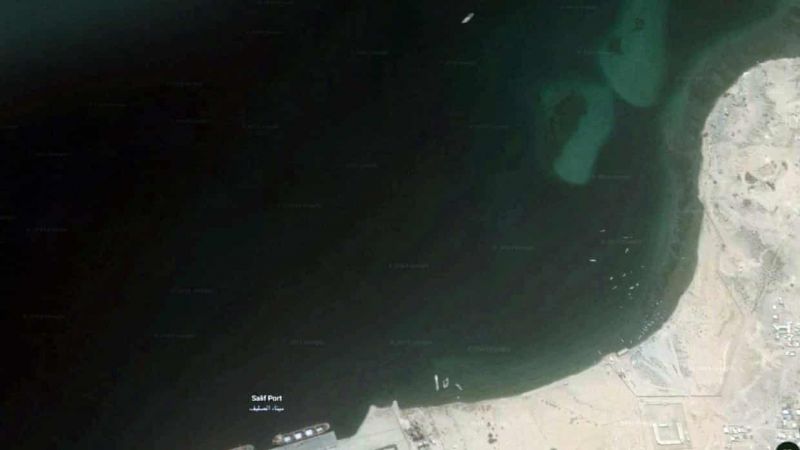
By Patrick Wintour
A deserted oil tanker described as a “floating bomb” that is currently anchored off the coast of war-torn Yemen has the potential to create an environmental disaster, according to experts.
A byproduct of the battle between the Saudi-backed resigned regime of former president Abd Rabbu Mansour Hadi and Yemen’s Houthis, the tanker, containing over 1m barrels of oil, is said to be eroding fast, but UN officials’ plans to visit the ship this week to assess the scale of the damage have been blocked. There are fears that gases have built up in the storage tanks, which means the ship could explode.
Mark Lowcock, the UN humanitarian coordinator, told the UN Security Council last week an inspection team had again been refused permissions by Houthis to visit the ship moored several kilometres outside the Red Sea port of Ras Isa, north of Hodeida.
The two sides in the conflict in conversation with the UN blame each other for failing to reach a solution about what to do about the ship, and its valuable cargo.
The Houthis want guarantees that they will be able to control the revenues from the oil on the ship valued at $80m (£64m), a move that might require a new oil export mechanism.
The Hadi resigned regime has warned in a letter to the UN of a “bad and deteriorating situation” that threatens an “imminent environmental and humanitarian catastrophe in the Red Sea”.
It has also produced a video warning of an environmental disaster that could dwarf any previous oil spillage.
Doug Weir, director of the Conflict and Environment Observatory, said the cause for concern was genuine. He told the Guardian: “Until a UN technical inspection takes place it is difficult to determine the precise risk that the vessel poses, however the potential for a serious environmental emergency is clear. An explosion leading to a spill would have a severe effect on the Red Sea marine environment, and on both biodiversity and livelihoods, an emergency made worse because the ongoing conflict would hamper efforts to control and respond to the pollution it would cause.”
The ship itself, known as the Safer floating storage and offloading terminal, is a testament to a time when the Yemen economy was functioning. Owned by the Yemen oil company, Safer allows vessels to moor offshore and transfer oil extracted and processed from operations in the Marib oil field in central Yemen. The tanker contains 34 crude oil tanks of different sizes and volumes, amounting to a total capacity of around 3m barrels.
In effect, a mini-oil export terminal, the ship has not been operational since March 2015 when the region fell under the control of the Houthi revolutionaries.
Built in Japan involving a single hull, experts say is likely to be at particular risk from corrosion and in spite of the production interruptions caused by the conflict, it is thought that it may still contain around 1.14m barrels of crude. The Yemen government points out this is four times the amount of oil released in the 1989 Exxon Valdez oil spill, generally seen as one of the worst man-made environmental disasters in history.
An increasingly frustrated Lowcock told the UN Security Council last month “If the tanker ruptures or explodes, we could see the coastline polluted all along the Red Sea. Depending on the time of year and water currents, the spill could reach from Bab-el-Mandeb to the Suez Canal, and potentially as far as the strait of Hormuz,” he added.
The unavailability of diesel fuel has meant that Safer FSO’s engines have not been started for several years, and the structure has been exposed to humidity and corrosion with little maintenance.
With restricted water circulation, and delicate marine ecosystems, the Red Sea, home of corals and 600 species of fish and invertebrates, is seen as particularly vulnerable to oil pollution.
Source: The Guardian, Edited by Website Team